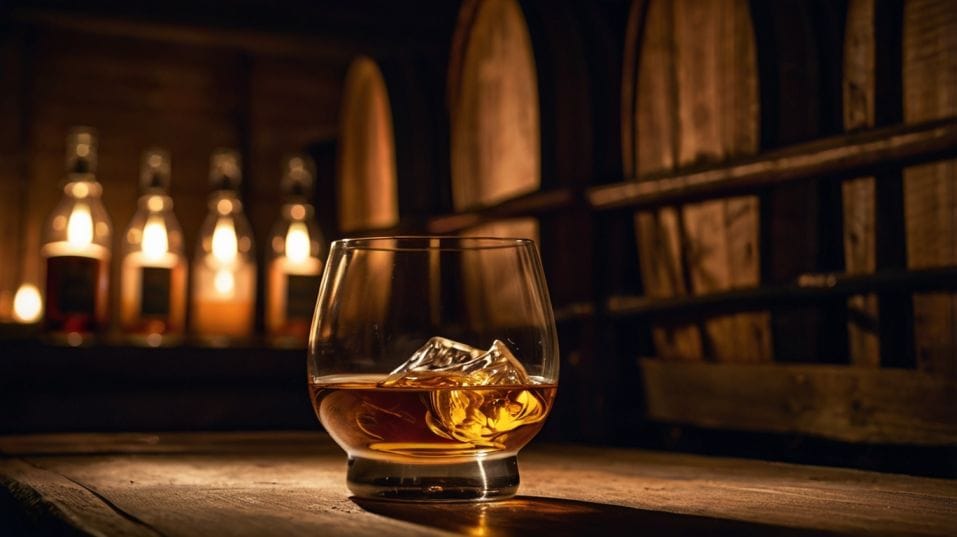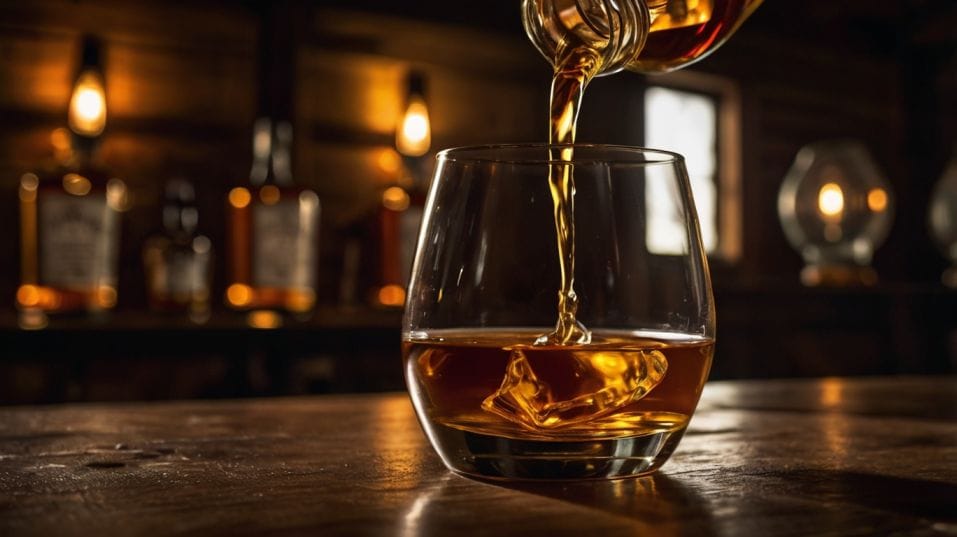Why the First Sip Is Never the Best Sip
Think the first sip tells you everything? Think again. Learn why the best whiskey experiences start after the burn—and how to taste smarter.

Ever judge a whiskey too quickly? Most do. That first sip can lie—it burns, overwhelms, distracts. But tasting isn’t about first impressions.
It’s about letting the whiskey unfold, layer by layer, sip by sip. If you’re just starting your whiskey journey, here’s the truth: your palate needs time.
That second sip? That’s where discovery begins. Ready to stop rushing and start tasting like someone who actually gets it?
Your Palate Isn’t Awake Yet
Before that whiskey even hits your tongue, your mouth is neutral—sometimes even cold. Maybe you had a soda half an hour ago. Maybe you just brushed your teeth.
Either way, your taste buds haven’t calibrated to alcohol yet. That first sip acts like a reset button. It brings your palate online, but it doesn’t deliver much usable data.
This is basic physiology. Alcohol acts as an irritant at first. It floods your system with intensity—heat, bitterness, sourness—all the boldest signals firing at once.
So of course that first sip feels overwhelming. You’re not really tasting yet. You’re adjusting.
That’s why experienced tasters never judge a whiskey on the first pass. They know the magic happens after the system catches up. You should too. Let the first sip prime your palate, not define your opinion.

Heat Isn’t Character. Burn Isn’t Flavor.
It’s easy to confuse punch with complexity. But a strong finish doesn’t mean a whiskey has depth. In fact, sometimes the loudest whiskies are hiding the most.
All that alcohol burn can mask the very notes you should be noticing—vanilla, stone fruit, toasted grain, even minerality.
Once you’ve taken that initial sip and given your palate time to settle, the second sip feels entirely different. The heat steps back. The structure steps forward.
That’s when you’ll start tasting the build: the way sweetness hits the front of the tongue, how spice moves through the mid-palate, how dryness or smoke lingers toward the finish.
This isn’t some esoteric trick for “super-tasters.” It’s mechanical. You can’t assess balance when one ingredient—ethanol—is shouting over the rest. Let your palate acclimate, and suddenly, everything else can speak.
Taste Isn’t Just About the Whiskey
Here’s the part that most beginners miss: what you’re tasting isn’t just about what’s in the bottle. It’s also about your attention, your memory, your expectations.
The act of tasting is as mental as it is sensory. And your brain needs a little time to catch up to the conversation in your glass.
From Reaction to Interpretation
The first sip delivers too much too quickly. You react instead of analyze. But by the second or third sip, you’re not just tasting—you’re interpreting.
You’re starting to notice patterns. You’re recalling other whiskies you’ve had. You’re asking better questions:
- Is this sweetness corn-driven or cask-driven?
- Are these tannins from the barrel or the char?
- Is that spice rye grain or proof heat?
These aren’t abstract tasting notes—they’re useful observations that help you make smarter decisions as a drinker and collector.
They don’t come from marketing blurbs or bottle shapes. They come from you learning to listen to a whiskey once the noise dies down.
Sips Are Conversations, Not Snapshots
You wouldn’t judge a person based on one sentence. Whiskey deserves the same courtesy. A well-made pour evolves across time. The first sip shows you the facade.
The second one opens a door. By the third, if it’s a good whiskey, you’re in the room with it—seeing how it moves, where it goes, how it finishes.
From Experience to Instinct
Think about this in terms of collecting. If you’re chasing bottles based on a single pour or a single review, you’re not collecting with confidence. You’re gambling.
But when you start tasting across time—paying attention to how a whiskey opens up, when it flattens out, what mood it fits—you’re collecting based on experience. That’s where your instincts start to sharpen.
And once your instincts are sharp, you’re no longer just a consumer. You’re a curator.
You Can Train Your Palate, One Sip at a Time
Every pour is a chance to level up. Not by finding the next rare release, but by paying closer attention to what’s already in your glass. Over time, you start building a library of flavors.
You remember the buttery corn in that Bottled-in-Bond bourbon. The tight spice structure in that rye-heavy blend. The leathery, oxidized note in the older cask-strength release.
These memories stack. The more you sip, the faster your brain connects the dots. And not just between brands or bottles—but between styles, mash bills, climates, and barrel types.
But none of that happens if you’re rushing to judgment. If you’re treating every pour like a quick hit of flavor. Patience reveals the patterns. And the best tasters in the room are always the ones willing to let a whiskey unfold before they speak.
Final Thoughts
That first sip? It’s not the moment of truth—it’s just the introduction. If you want to taste better, collect smarter, and enjoy your whiskey with real depth, then slow down. Let your senses catch up. Trust what comes after the burn.
Next time you pour something—whether it’s a new bottle or an old favorite—don’t rush to judge it. Sip once. Wait. Sip again. Then start listening. The whiskey is trying to tell you something. Let it finish its sentence.
Try this tonight: Pick a bottle you’ve only had once. Revisit it. Take that second, third, fourth sip with fresh attention.
You might be surprised by what you missed the first time. The best pours often start quietly—and get better the closer you listen.




